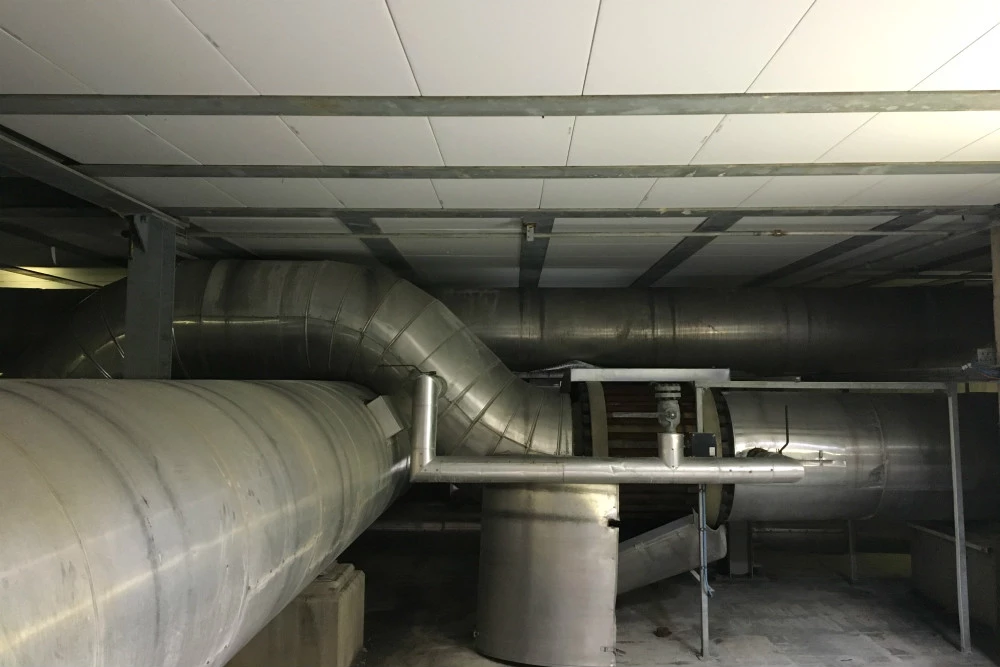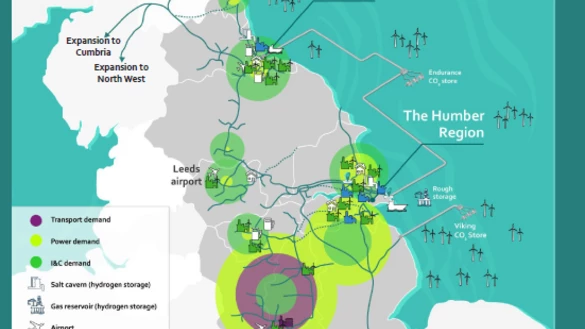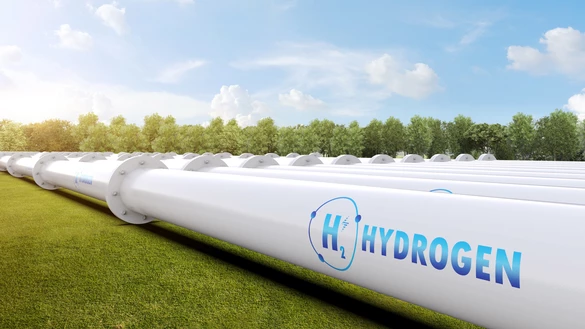- Back
- Balancing
- Capacity
- Charging
- Connections
- Data and operations
- Land and assets
-
Insight and innovation
- Back
- Home
- Insight and innovation
- Transmission innovation
- Summer Outlook
- Winter Outlook
- Gas Ten Year Statement (GTYS)
- Gas Future Operability Planning (GFOP)
- The future of gas-fired generation
- Understanding within-day behaviour
- Identifying future drivers of change
- Changing supply patterns
- Future of gas
- Stakeholder resources

Valve Pits Insulation
Across our network, any pipework located in a covered valve pit is insulated to minimise the noise from our transmission activities, which can affect the surrounding communities. This noise is created by the high volume and pressure of gas moving through the pipes, which create waves that reverberate off the pipe and concrete within the pit.
The existing material used to insulate the pits meant maintenance inspections were difficult too carry out and time consuming for our technicians. So, in 2018 we launched the Valve Pits Insulation project to find an alternative method of insulating the pipework to mitigate noise, as well as reduce water damage and eliminate the risk of corrosion.
The insulation typically used is fibreglass lagging, which although successful at minimising noise at high frequency, is not as successful at reducing low frequency sounds. Alongside this, during regular maintenance, Operations colleagues are required to remove the insulation to carry out necessary pipeline inspections – an expensive and slow process. The fibreglass insulation also absorbs water which could potentially lead to corrosion. This retention of water means the lagging insulation has a limited lifespan and replacing it is labour intensive and carries a risk of damaging the pipework.
These noise management issues were common at Wormington above-ground installation (AGI), where we experienced several noise complaints from people living close to the site. So, in 2018 we launched the Valve Pits Insulation project to find an alternative method of insulating the pipework to mitigate noise, as well as reduce water damage and eliminate the risk of corrosion.
Working with Husht Acoustics, we identified a potential insulation solution in the form of tiles – specifically Ecophon Hygiene Panels. These tiles were installed around the valve pit, rather than around the pipework itself. The pre-cast concrete slabs within the pit roof were used as the fixing points and installation took one week, a significant time saving when compared to the seven to eight-week installation period for the fibreglass lagging.
These acoustic tiles are also highly effective at minimising reverberation and sound propagation, as well as reducing the overall decibel levels – following installation, the decibel level within the test pit reduced from 66.78dB to 54.28dB.
Alongside this, the surface of the acoustic panels is resistant to moisture, resulting in a longer lifespan than the lagging solution – because the panels sit in the rolled steel joints of the pit roof, water can flow between the panels rather than sitting on top.
The deployment of this solution in Wormington has resulted in a significant reduction in noise complaints from the surrounding community. The longer lifespan of the acoustic tiles reduces the need to replace the lagging, resulting in both time and cost savings, and a reduction in the risk of pipeline damage.
The cost of the panels and the price of installation is substantially less than the cost of removing and replacing the lagging. Not only that, but corrosion management activities such as pipeline inspections are much easier, as the pipes are much more accessible.



